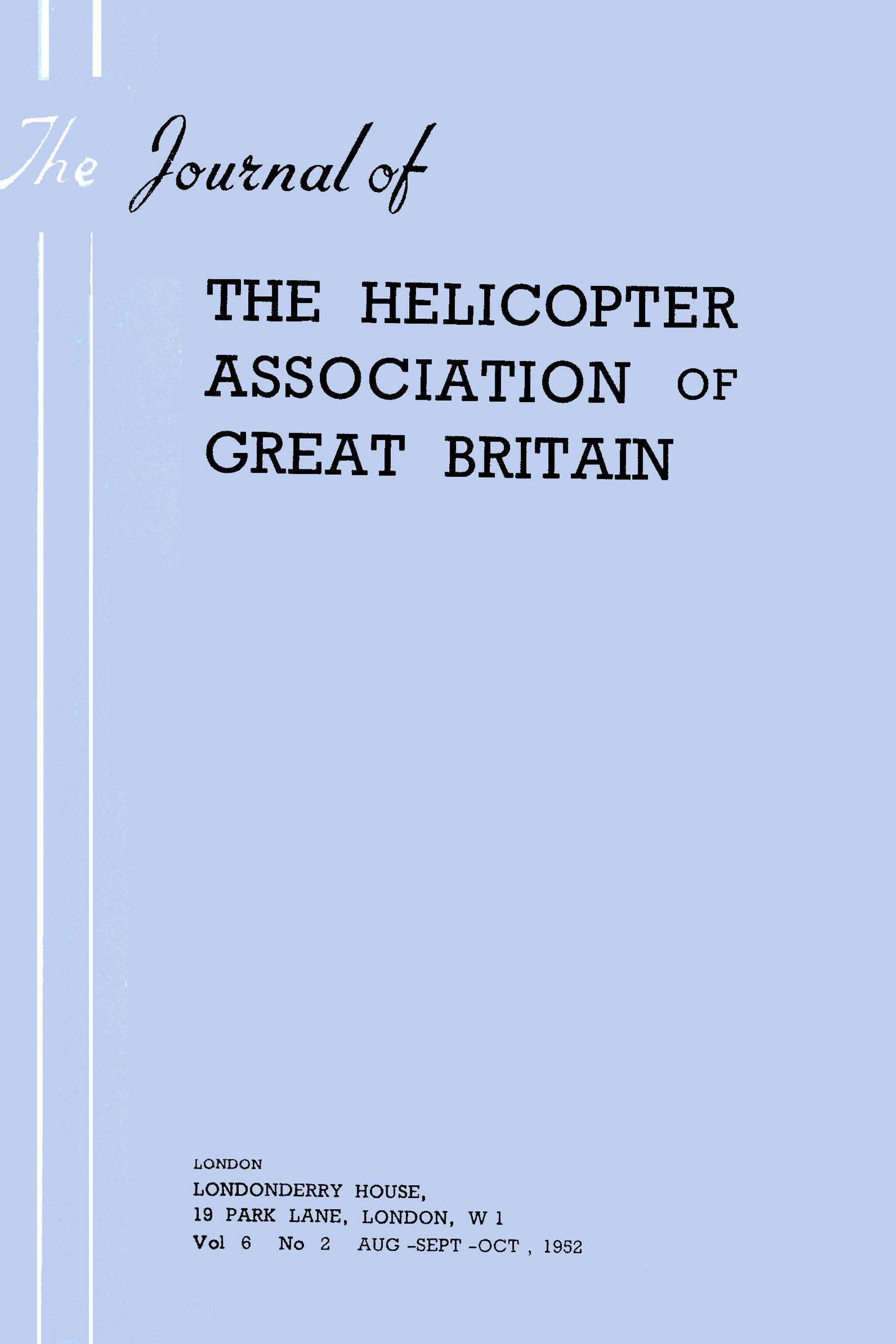Article contents
The Noise of a Pulse Jet
Published online by Cambridge University Press: 26 October 2023
Summary
Some measurements of the noise of a pulse jet working in the open have been made Octave analyses show that the bulk of the noise energy is contained in the fundamental, the source approximating to the classical simple acoustic source This results in a relation for the mean noise level in decibels,

where ρo is the ambient air density, c the velocity of sound and V that of the jet of exit area S and pulsation frequency f, r being the distance from the source (The units are c g sfor which ρoc = 42) This gives a good approximation to the mean noise level, in practice the level decreasing as the angle from the jet stream is increased, and the character of the noise also becoming rather less unpleasant to the ear Although noise due to the intake of air past the valves, and the valves themselves, is undoubtedly present, it has not been considered separately, since there is no indication suggesting that it is appreciable in comparison with that of the pulsating exhaust Its existence, however, should not be overlooked
Since the generator of the acoustic energy can be likened to a simple source, the “efficiency” of the process is high, about 1% compared with a simple jet where a quadrupole field is more appropriate For a thrust of about 18 lbs, measurements indicate acoustic energy of the order of 400 watts
A second flatter and lower peak is also present in the spectra, being attributed to aerodynamic noise of the jet Although swamped by the other noise, its level is higher than that of a steady “cold” jet producing the same thrust by 25 or 30 db
Since the pulsating flow is an essential characteristic of this form of prime mover, the problem of noise reduction at source is severe A certain amount of cancellation by the mutual interference of two units might be achieved if it is possible for two units to run in close proximity to each other at a definite frequency
- Type
- Research Article
- Information
- The Journal of the Helicopter Association of Great Britain , Volume 7 , Issue 1 , July 1953 , pp. 32 - 41
- Copyright
- Copyright © Royal Aeronautical Society 1953
Footnotes
Formerly University of Southampton paper 10th October, 1952 Communicated by Professor E J RICHARDS
References
* At Messrs SAUNDERS ROE Ltd, Research Unit Eastleigh Airport
* c g s units are most convenient in acoustical calculations
** the former datum being the greater by about 0 2 db
- 1
- Cited by




